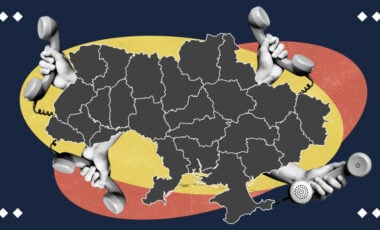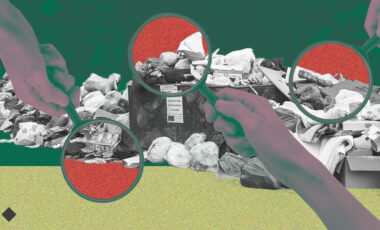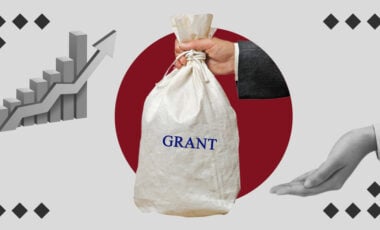Eco-solutions: Ukraine to fulfill green restoration goals through use of wood materials in country's reconstruction to reduce CO2 emissions

Photo: shutterstock
Ukraine must meet the requirements for green restoration to receive 50 billion euros from the European Union. Incorporating wood materials in the country's reconstruction efforts will help decrease CO2 emissions and align with the conditions of the Ukraine Facility program.
The leader of the "Servant of the People" party, Olena Shuliak, stated this on Telegram.
The People's Deputy emphasized that 35% of greenhouse gas (CO2) emissions fall on the construction sector – particularly on producing such materials as concrete, plastic, and metal.
Therefore, wood can become an alternative to these materials, and Ukraine will thus reduce the volume of highly harmful emissions.
Moreover, given Ukraine's efforts toward European integration and its pursuit of a green recovery, the use of wood presents new possibilities. The first step is to align with the New European Bauhaus initiative, a critical component of the European Green Deal aiming to achieve climate neutrality by 2050. Wood, being an environmentally friendly material, serves this purpose perfectly.
"The forestry sector of Ukraine's economy has a huge potential not only for developing the state's economy but also for reconstruction after the war, particularly green reconstruction. Since the moratorium's introduction on raw wood export, we have received two positive effects: the improvement of ecology and the production of wood products with high added cost," Shuliak noted.
According to the deputy, this, in turn, contributes to the development of wood production from fuel pellets to furniture and building materials, which is a vivid example of the transition from a raw material economy. In the context of European integration and green recovery planning, wood opens up new opportunities.
According to the head of the specialized committee, wood's potential can be seen in the state program of compensation for damaged and destroyed housing, "yeVidnovlennia" [a state-funded program for homeowners whose residences have been damaged or destroyed due to warfare – ed.]
According to the results, in only the first half of 2024, Ukrainians spent 1 billion hryvnias on repairs of damaged housing at the program's expense. At the same time, the largest part of this amount was spent on construction materials, and only 864 million hryvnias were spent on purchasing wood and construction materials.
Therefore, as the leader of the "Servant of the People" party noted, it is essential to understand the possibilities of wood-building materials—they are both qualitative and ecological.
"This is also a matter of planning our green reconstruction. And it's not about increasing felling, but rather higher-quality and technological wood processing. We understand the possibilities of building materials made of wood – it's high-quality, modern, ecological, fashionable," she emphasized.
Ukraine is still a ways away from constructing fully developed wood buildings due to the state's regulations forbidding this type of construction. These regulations have been in place since 2017, and there are ongoing discussions about revising them.
"The parliament of this term adopted several changes to the construction legislation. First, it is essential to note that not only basic organizations currently engaged in this can develop state-building regulations.
Therefore, I invite all interested and able to contribute to developing the upcoming state building regulations, which will supersede the B.2.6-161:2017 guidelines, to participate actively. This is contingent upon the Ministry of Reconstruction initiating these revisions, and I have complete confidence that the ministry will give due consideration to these crucial updates," the head of the Servant of the People party shared.
As reported, nearly $40 billion of construction materials are needed to restore housing infrastructure. If construction materials produced in Ukraine are used for this, the economy will improve significantly, as the state will receive $21 billion of gross added value from $180 billion of gross domestic product.
For reference:
At the meeting of the European Council, all 27 leaders of the European Union reached a consensus decision regarding the adoption of the Ukrainian Fund in the multi-year EU budget for 2024-2027 in the amount of €50 billion. Before that, Hungary blocked the adoption of the decision.
It was announced on May 14 that the Council of the European Union has finally approved Ukraine's plan, which is crucial for implementing the EUR 50 billion Ukraine Facility program. The Cabinet of Ministers, Ukraine's government, anticipates attracting 16 billion euros this year.
On May 22, Ukraine's First Deputy Prime Minister and Minister of Economy Yuliia Svyrydenko and EU Commissioner for European Neighborhood Policy and Enlargement Negotiations Olivér Várhelyi signed a Framework Agreement for the European Union's financial support in implementing the Ukraine Facility.























































